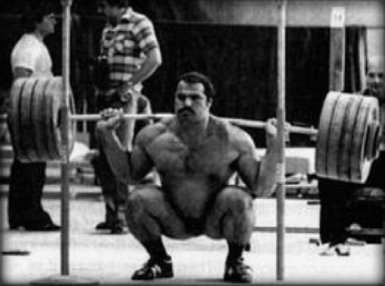Hamstring injuries during sprinting are thought to be caused by the hamstrings being pulled too much during the lengthening phase either when the lower leg is uncoupling from the upper leg or while the foot is being driven down to the ground. A lot of mechanisms have been investigated for preventing hamstring injuries including flexibility training, hamstring strengthening, and even quadriceps strengthening.
One of the exercises that should, in theory, be beneficial is the Nordic hamstring exercise. This exercise is typically done with a partner. It involves one individual sitting tall on the floor with their ankles and feet on the ground behind them. The partner holds down the back of the ankles. The individual exercising keeps the body straight from the knees to the shoulders and lowers himself/herself down to the ground, slowly, while using the hamstrings to resist the descent.
Iga et al in the December issue of the International Journal of Sports Medicine investigate the activation of the hamstrings during this exercise as well as the results of a progressive, four week training program using this exercise.
While analyzing the activation during the performance of this exercise, participants performed five repetitions with a standard velocity, 30 degrees/second. The results are that the hamstrings were more active during the middle part of the movement, least active at the beginning, and activation was in between during the terminal part of the movement.
Training had an impact on peak torque of the hamstrings, increasing it be between 7 and 15% depending upon the velocity of testing. Not only that, the knee angle at which the peak torque occurred changed as a result of the training, decreasing by between 10 and 29% depending upon the testing velocity. In other words, the hamstrings were able to exert more force at longer positions. Which suggests that this would be a beneficial exercise at training the muscles to become stronger while lengthening.
The results are interesting because this was not a really aggressive training program. The subjects only performed this one exercise. The first week then did it once during the week for two sets of five. The second week they did it twice, both times for two sets of six. The third week they did it three times for three sets of six. The final week they trained it three times for three sets of eight each session. So the program was progressive, but it didn’t’ incorporate squats, Romanian deadlifts, speed/agility drills, and other things that would typically be in an athlete’s training program.
Iga, J., Fruer, C.S., Deighan, M., Croix, M.D.S., and James, D.V.B. (2012). “Nordic” hamstrings exercise – engagement characteristics and training response. International Journal of Sports Medicine, 33(12): 1000-1004.


